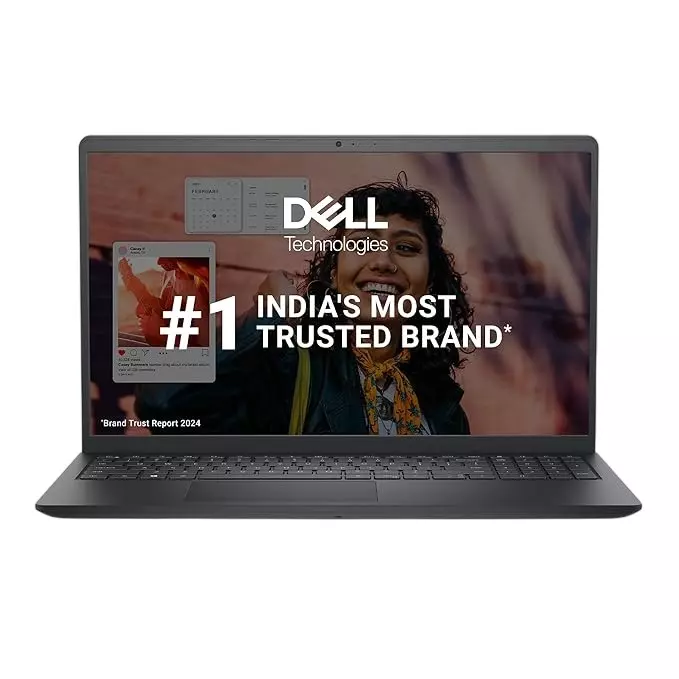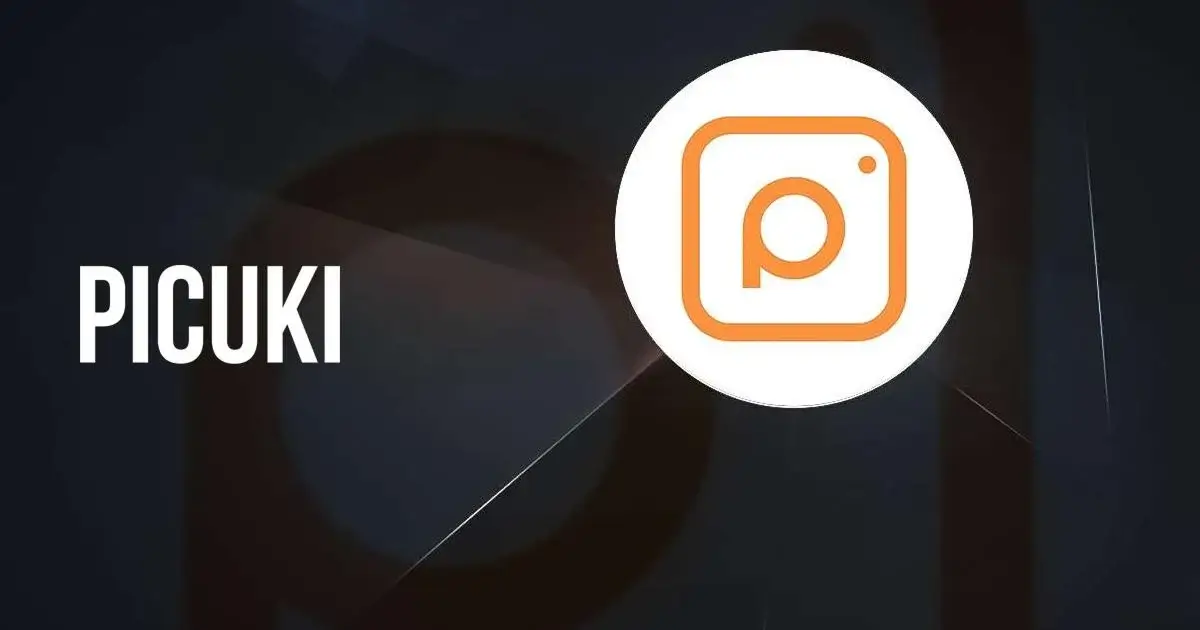Getting media coverage is essential for companies seeking to build credibility, visibility, and influence. Coverage in respected outlets can drive awareness, attract clients, and strengthen brand reputation. For businesses navigating competitive markets, understanding how PR firms facilitate press engagement is critical to achieving meaningful exposure.
Companies like the PR Firms in Orange County demonstrate how strategic media outreach and professional guidance enable brands to capture attention effectively. PR firms develop targeted campaigns, craft compelling narratives, and establish relationships with journalists, ensuring that companies’ stories reach the right audience. Leveraging these services increases the likelihood of positive coverage and positions the business for long-term media success.
The Role of PR Firms in Media Outreach
PR firms specialize in connecting companies with media channels to share stories, insights, and announcements. Their expertise ensures that messages are communicated effectively and resonate with target audiences.
- Press release development: Agencies craft press releases highlighting newsworthy developments, ensuring clarity and relevance. Well-written releases increase the chance of coverage in key media outlets.
- Media pitching: PR professionals identify journalists, bloggers, and publications aligned with the company’s industry. Personalized pitches improve the likelihood of coverage and help establish ongoing media relationships.
- Media list management: Maintaining an updated and relevant media contact list ensures outreach is targeted and efficient. Agencies track journalist preferences, publication schedules, and past coverage to maximize effectiveness.
- Crisis media communication: PR firms prepare strategies for responding to negative publicity or urgent situations. Prompt and carefully managed communication protects brand reputation.
These services help companies communicate with the press strategically, enhancing brand authority and reach.
Understanding Media Coverage Opportunities
Different types of media coverage provide distinct benefits for businesses. PR firms help identify and target the most impactful opportunities.
- Traditional media: Newspapers, magazines, and television provide broad exposure and lend credibility. PR professionals secure features, interviews, or mentions that align with business objectives.
- Digital media: Online publications, blogs, and industry portals allow targeted engagement with niche audiences. Coverage in digital outlets often includes shareable content, increasing reach.
- Trade and industry publications: Specialized media targets audiences within specific sectors, enhancing relevance and influence. PR firms tailor messaging to resonate with these professional readers.
- Social media amplification: Media coverage is frequently shared across social platforms, expanding visibility beyond the original outlet. Agencies coordinate messaging to ensure consistency and engagement.
By leveraging diverse media channels, PR firms increase the reach, relevance, and impact of press coverage.
Crafting Compelling Stories
To secure media attention, companies must present their messages in a way that is both newsworthy and engaging. PR firms assist in crafting narratives that capture journalist interest.
- Highlighting unique value propositions: Agencies emphasize what sets the company apart, making stories compelling and relevant to audiences.
- Tailoring content for media outlets: Messaging is customized for each outlet’s audience, increasing the likelihood of publication and engagement.
- Developing spokesperson expertise: PR firms train company representatives for interviews, ensuring clarity, confidence, and consistency in messaging.
- Incorporating data and case studies: Demonstrating results or trends with tangible evidence enhances credibility and media appeal.
Effective storytelling ensures that companies not only reach the press but also resonate with audiences and maintain authority in their industry.
Relationship Management with Journalists
Building and maintaining relationships with media contacts is central to successful PR campaigns.
- Personalized communication: Agencies maintain contact with journalists, understanding their preferences and areas of interest. Personalized outreach increases the chance of coverage.
- Long-term engagement: Consistent communication fosters trust and familiarity, making it easier to secure future stories or interviews.
- Media monitoring: Tracking coverage and journalist activity helps agencies adjust strategies and identify emerging opportunities.
- Mutual value creation: Agencies ensure that content provided to journalists aligns with their editorial needs while promoting the company effectively.
Strong media relationships allow businesses to maintain visibility, credibility, and influence over time.
Event-Based Media Engagement
PR firms often leverage events to generate press coverage, combining physical and virtual opportunities.
- Product launches and press conferences: Carefully planned events attract media attention and provide journalists with first-hand experience of company offerings.
- Workshops and panel discussions: Engaging industry events offer opportunities for spokesperson visibility and thought leadership positioning.
- Exclusive previews or demonstrations: Providing journalists with early access to products or initiatives encourages coverage and builds anticipation.
- Post-event media follow-up: Agencies coordinate interviews, provide press materials, and ensure that event highlights reach relevant media channels.
Events serve as focal points for media coverage, amplifying messaging and increasing brand exposure.
Measuring Media Impact
Evaluating the effectiveness of media engagement is critical to understanding ROI and refining strategies.
- Coverage analysis: PR firms track the number of placements, reach, and audience demographics to assess impact.
- Engagement metrics: Social shares, website visits, and inquiries generated by media coverage indicate audience interest and responsiveness.
- Sentiment assessment: Monitoring positive, neutral, and negative coverage helps companies gauge public perception and adjust messaging.
- Lead generation tracking: Measuring inquiries or conversions attributable to media coverage provides insight into tangible business outcomes.
Data-driven analysis ensures that media strategies are effective and informs continuous improvement for future campaigns.
Common Challenges and How PR Firms Address Them
Even with experienced teams, media engagement presents challenges. PR firms help businesses navigate potential obstacles.
- Message misalignment: Agencies ensure all messaging aligns with brand voice and strategy, avoiding confusion or mixed signals.
- Competitive noise: PR firms differentiate clients’ stories to stand out amidst industry competition.
- Time-sensitive coverage: Agencies prioritize outreach to meet editorial deadlines and capitalize on timely opportunities.
- Crisis situations: Firms prepare contingency plans for negative press or unexpected events, protecting brand reputation.
By anticipating challenges, PR firms ensure consistent, effective media engagement.
Conclusion
Reaching the press requires strategy, skill, and professional guidance. PR firms provide expertise in storytelling, media relations, event management, and measurement, helping companies secure meaningful coverage and strengthen their public image. Collaborating with Media Experts ensures that messaging is precise, impactful, and reaches the right audience, translating media exposure into long-term brand credibility and business growth.


